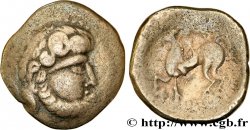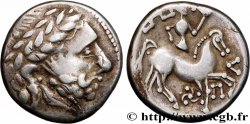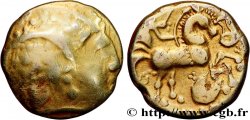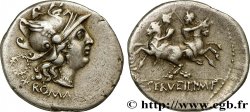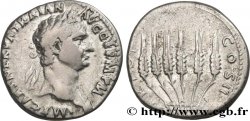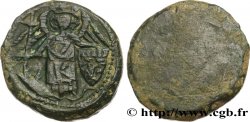Live auction - bga_686864 - DANUBIAN CELTS - TETRADRACHMS IMITATIONS OF PHILIP II AND HIS SUCCESSORS Tétradrachme au cavalier, imitation de Philippe II
得先注册又得到批准才可以报价。为了报价注册. 客户应该得到公司允许,那种过程需要 48 个小时。别等出售结束那一天才登记。您报价的话等于您赞成买那物品,而且按« 保价 » 证明您接受 cgb.fr 因特网拍卖使用法.
报价时只可以出全数值欧元总额。物品描述也说明销售结束时间,结束后出价都不会生效。 报价命令转达有时变动,等到最后秒钟增加否决的可能会。想多了解的话请注意 因特网拍卖常问
最高出价方将支付18%的不含税的拍卖费用
最高出价方将支付18%的不含税的拍卖费用
| 估算 : | 950 € |
| 价格 : | 750 € |
| 最高出价 : | 750 € |
| 拍卖结束日期 : | 06 December 2022 15:57:35 |
| 竞拍人 : | 2 竞拍人 |
种类 Tétradrachme au cavalier, imitation de Philippe II
日期: c. 300-250
材质 silver
直径 23 mm
模子方针 12 h.
重量 14,44 g.
Slab

NGC :
关于品相的说明
Exemplaire de qualité exceptionnelle pour ce type monétaire. Belle tête de Zeus légèrement stylisée. Frappe un peu molle au revers, stylisée aussi. Marque de démonétisation au revers. Patine de collection ancienne avec des reflets dorés et bleutés acier
出版目录中的项代码 :
家谱
Cet exemplaire provient du stock de J.-B. Vigne du 23 avril 1985. Exemplaire sous coque NGC AU (Strike 5/5, Surface 2/5)
正面
正面的文字 ANÉPIGRAPHE.
正面的说明书 Tête laurée de Zeus à droite.
背面
背面的说明书 Cavalier au pas à droite, tenant une palme de la main droite ; le cheval lève l'antérieur à droit ; sous le cheval, entre les pattes, un dauphin faisant penser à un aplustre (asphlaton).
背面铭文 FILIP-P.U/ G°
背面的翻译 (de Philippe/ Go).
评论
Imitation précoce. Tête de Zeus légèrement stylisée, en particulier au niveau de l’œil. L’omicron de Philippoy au revers est figuré par un globule. Marque de vérification sur le cheval. Le symbole sous le cheval est particulier, stylisé. L’ensemble pourrait nous laisser à penser à une imitation celtique primaire. Mêmes coins que l’exemplaire CNG, Triton V, 15 janvier 2002, n° 1006.
Early imitation. Slightly stylized head of Zeus, particularly at the eye. Philippoy's omicron on the reverse is represented by a globule. Verification mark on the horse. The symbol under the horse is distinctive and stylized. The overall effect could suggest a primary Celtic imitation. Same dies as the CNG copy, Triton V, January 15, 2002, no. 1006
Early imitation. Slightly stylized head of Zeus, particularly at the eye. Philippoy's omicron on the reverse is represented by a globule. Verification mark on the horse. The symbol under the horse is distinctive and stylized. The overall effect could suggest a primary Celtic imitation. Same dies as the CNG copy, Triton V, January 15, 2002, no. 1006







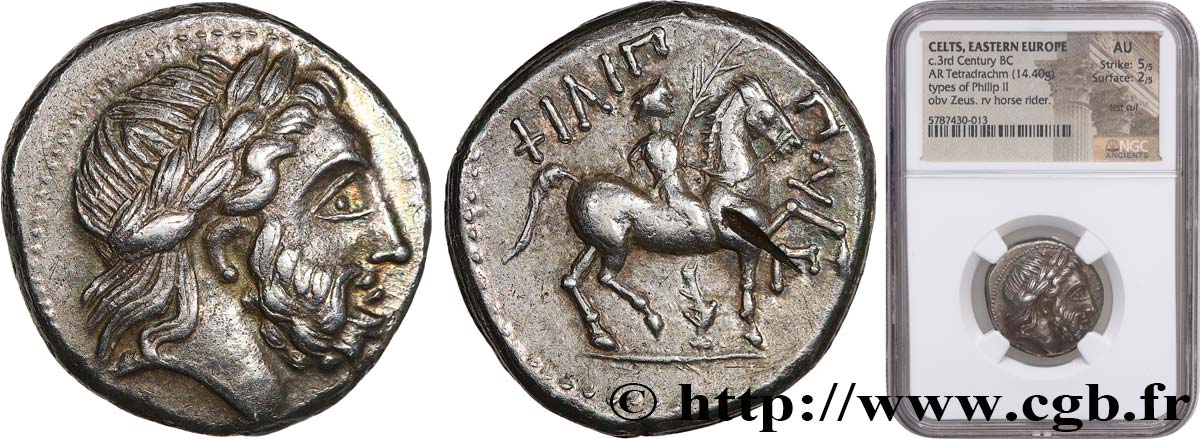
 对产品描述纠错
对产品描述纠错 打印
打印 分享我的选择
分享我的选择 提问
提问 Consign / sell
Consign / sell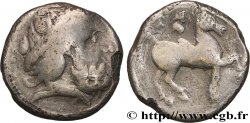
 产品介绍
产品介绍
